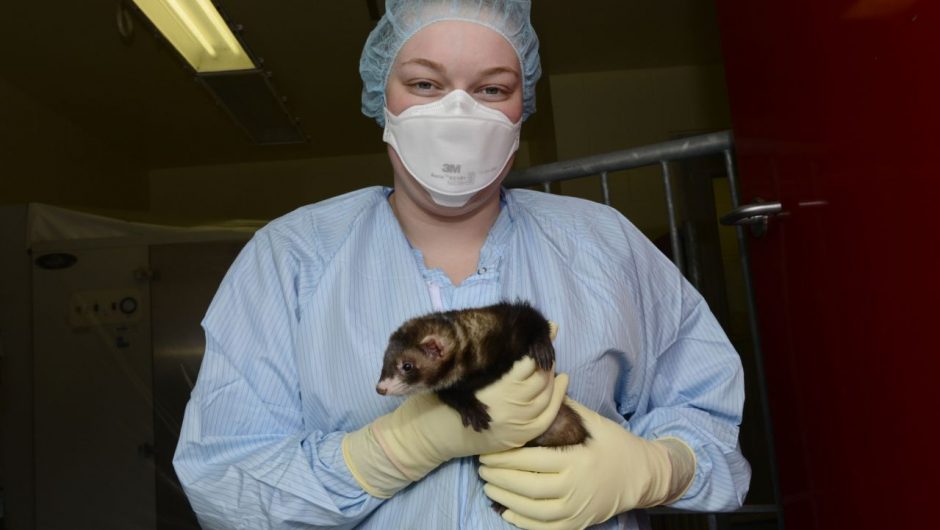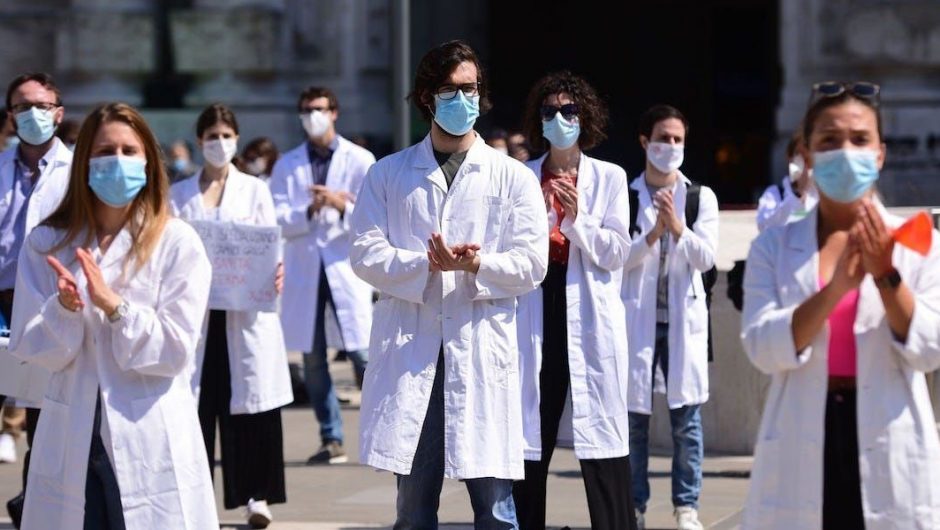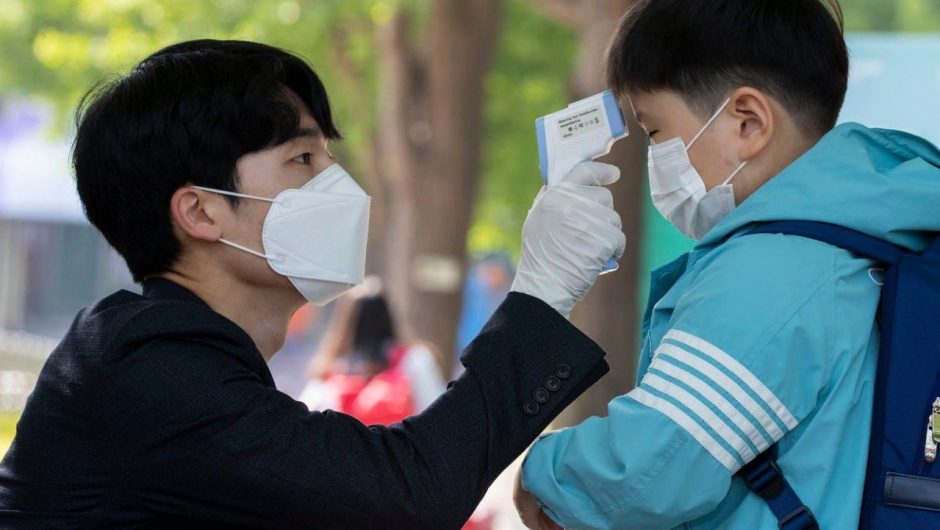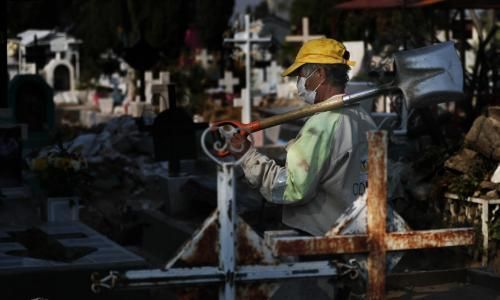Amtrak is starting to emerge from the coronavirus crisis.
It received $1 billion from Congress through the CARES Act. On Monday, its flagship Acela service will resume in the Northeast, as will other trains that were canceled. It’s in the process of testing the Acela’s replacement, which is scheduled to begin service next year.
At the same time, the national passenger railroad is projecting that ridership and ticket revenue next year will be half what it was in 2019. It plans to lay off 20% of its workforce and is asking Congress for nearly $1.5 billion more, and yet it still may have to cut train service next year.
Amtrak turns 50 in 2021, but it could take years for the railroad to recover from the coronavirus pandemic. Here’s what riders can expect for now.
Acela, other trains return
The Amtrak’s Acela trains will return to the Northeast Corridor from Boston to New York to Washington on Monday for the first time since March.
Amtrak will operate three weekday round trips. The slower Northeast Regional service will increase to 10 weekday round trips from eight.
Also Monday, Amtrak will resume operating its Keystone trains between Philadelphia and Harrisburg, Pennsylvania, with nine weekday round trips and six weekend round trips.
The Pennsylvanian train will resume operating a daily round trip Monday from New York to Philadelphia to Pittsburgh.
In the Midwest, Amtrak will bring back the Hiawatha train between Chicago and Milwaukee, with one daily round trip. Four more round trips will resume on June 29.
In California, Amtrak’s Pacific Surfliner will return north of Santa Barbara on the Los Angeles-San Luis Obispo route, with one roundtrip daily. An additional two roundtrips will operate between Santa Barbara and Los Angeles.
Amtrak is in the process of testing its new Acela fleet in Colorado and the Northeast. The trains, which will begin service next year, have a top speed of 160 mph, 10 mph faster than the current fleet.
Story continues
What’s different on board
Much like airlines, Amtrak has made adjustments that reflect the impact of the coronavirus.
The railroad is waiving change and cancellation fees for reservations made by Aug. 31. It’s also limiting ticket sales to 50% of each train’s capacity to maintain social distance between passengers.
Amtrak has enhanced the cleaning and disinfecting of surfaces and high-touch areas on trains and in stations. It has installed clear protective barriers at stations to reduce contact between passengers and employees.
Passengers are required to wear face coverings on trains and in stations, except in private rooms or when seated alone. They’re encouraged to arrive 30 minutes before scheduled departure time to prevent crowding.
All non-safety related materials have been removed from seatback pockets, and passengers can open doors between train cars with their feet.
Food service is carry-out only, and cafe car seating is closed. Sneeze guards have been installed at cafe counters, and physical distancing markers and signs have been added. Amtrak is only accepting cashless payments.
Fewer employees, fewer trains
Amtrak carried a record 32.5 million passengers in 2019. In 2021, the railroad anticipates only half as many will board.
CEO Bill Flynn told employees in a memo this week that the railroad would cut up to 20% of its workforce by October in what he called “an adjustment we must make.” Flynn said Amtrak would try to offer as many voluntary separations and retirements as possible before it turns to layoffs.
In a letter to Congress this week, Flynn said Amtrak was struggling to get its routes to 10% of the number of passengers it carried before the pandemic.
And while Flynn asked lawmakers to give the railroad another $1.475 billion in addition to the $1 billion in emergency funding it already received “in order to maintain minimum service levels across our network.”
Even with the extra funding, Amtrak would need to cut service across its more than 21,000-mile system. Long-distance trains that operate daily could be cut back to three days a week. The frequency of service on state-supported routes, such as those in California, Washington and the Midwest, could be reduced.
This article originally appeared on USA TODAY: Amtrak train service, safety changes, layoffs coming amid coronavirus








